In MONASIA we believe that the future research for a better ecological risk management should be focused on multimedia transfer and effects of mixed pollutants, mechanisms for clean energy and material flow, and of course, integration of ecological risk with human health risk. To fight climate change, governments and businesses need to work in tandem. Let's do the Green Shift!
Most foreign people have never heard about Suzhou or assume it is a very small town, but they surely know that the People’s Republic of China is the world’s most populous country and the largest emitter of carbon, and since 2006 it has been the world’s leading annual emitter of greenhouse gases and mercury - a harmful neurotoxin. This noxious air pollution threatens China’s people, as well as global health and the world’s economy. According to various sources, as much as 60% of the world's cement is dumped annually in China, creating a dust cloud that NASA has photographed from space. Obviously, the environmental damage is a consequence of the transition from a feudal agrarian society to a modern, predominantly urban one.
But there has been an inverted situation, where a highly polluted industrial city went through a breaktaking transformation. In consequence, MONASIA visited Suzhou - a flourishing exemple and a new model of environmentally-friendly development.
The 2,500-year-old city of Suzhou is located along the southeastern edge of Jiangsu Province in eastern China. Only about 100 km away from Shanghai, Suzhou is bordered by the Yangtze River in the north, Shanghai to its east, Zhejiang Province to its south and Lake Taihu in the west. Founded in 514 BC, Suzhou has an abundant display of relics and sites of historical interest. Around AD 100, during the Eastern Han Dynasty, it became one of the ten largest cities in the world. During the Ming and Qing dynasties, Suzhou was a national economic, cultural, and commercial center, as well as the largest non-capital city in the world. During the fifteenth and sixteenth centuries, Suzhou emerged as the core of China's city-centred world economy. Developments before, during and after the transition from Ming to Qing rule in 1644 threatened its primacy. Systematically tapping the labour of the area's highly skilled female population, sojourning merchants created distribution-driven chains of small and medium sized firms oriented to the production of luxuries for export. Nowadays, it is a major economic center and focal point of trade and commerce, and the second largest city in the province. Its economy is based primarily on its large manufacturing sector - China's second largest, including iron and steel, IT and electronic equipment, and textile products.
Industrial development has brought China both opportunities and challenges since the reform and opening up in 1978. Spatial and temporal analysis showed that rapid industrialization has made eastern China under a more serious pollution stress. The most serious effects of industrial pollution were reflected in aquatic, soil and air ecosystem degradation, and damage can be observed from species, population, and community to ecosystem level. This being said, China's booming economy and massive population are posing some difficult environmental challenges for a nation of some 1.2 billion people. Indeed, water and air pollution, as well as waste management are among the most pressing issues, as China produces over 3.5 million tons of sewage waste per day.
High levels of air pollution take a major toll on public health. Household air pollution from burning solid fuels resulted in a smog, acid rain, soot and particulates increases, greenhouse gas emissions, and dispersal of some heavy metal contaminants.
Since the initial passage of the framework Environmental Protection Law in 1979, China has passed many laws, regulations, and standards addressing environmental protection. Public consciousness about contaminated sites rose from 2004 leading to greater efforts in ecological remediation, monitoring, and risk governance. However, the tax applied to specific air pollutants, not including carbon dioxide. Between 2005 and 2019, energy-related emissions of carbon dioxide in the People's Republic of China have increased more than 80 percent.
After suffering severe smog in 2011, the product of years of rising coal consumption, the Chinese government initiated a massive national action plan: halting the growth of coal consumption, improving air quality and helping the country limit emissions overall. Since a clean-air policy was implemented in 2013, pollution has steadily decreased across China. In 2015, the country updated its Environmental Protection Law. This was the nation's first major reform of its environmental policies in more than two decades. The updated law included stricter punishments on polluters.
Suzhou, a former capital of the kingdom of Wu from the 12th to 4th centuries BC, is an old, charming trading town bordering the sea with whitewashed houses, canals, pagodas, and world-famous gardens. The southern Chinese city, dotted with lakes and ponds connected by a spider's web of canals, has been eulogized by artists since the Tang Dynasty. It is famed for its beautiful gardens and traditional waterside architecture. The Classical Gardens of Suzhou were inscribed on the UNESCO World Heritage List in 1997. The gardens and the canal network, bisected by gorgeous stone bridges, has earned the nickname, "The Venice of the East."
The city that once was a center of the silk trade has become a core city of China's Yangtze River Delta economic zone, given its high GDP contribution to China. In its many beautiful gardens and courtyard parks, Suzhou's ancient heritage has been preserved. This ambitious city, however, is not going to trade upon its past in order to meet the future. The metropolis of Suzhou expands way beyond the moat surrounding its Old Town.
Since major economic reforms began in 1978, Suzhou has become one of the fastest growing major cities in the world, with GDP growth rates of about 14% in the past 35 years. The city is also one of China's foremost destinations for foreign investment, based on its relative proximity to Shanghai and comparatively low operating costs.
Suzhou has grown into a major center of joint-venture high-tech manufacturing and currently boasts one of the hottest economies in the world. It is the world's largest single producer of laptop computers. The Suzhou Industrial Park (SIP) in the east, and the Suzhou New District (SND) in the west, are home to factories from numerous North American, European, East Asian, and Australian companies. Major industrial products include microchips, flash memory systems, electronics, computer equipment, telecommunications components, power tools, speciality chemicals and materials, automotive components, pharmaceuticals, and much more.
Systematic work of the higher authorities of China on achievement and implementation of generally valid aims in the field of science and technology allowed the People’s Republic of China to reach intense innovative advancement of its economy. New and High-Tech Development Zones form the basis of the national innovative infrastructure in China, the most successful of which is China-Singapore Suzhou Industrial Park. It can be characterized as a flagship project of cooperation between the governments of China and Singapore, pilot zone of reforms and innovations, and a successful model of international cooperation. The aim of the foundation and development of the Park is creation of innovative world class productions and setting up new international district with modern information and technology infrastructure and environmentally-friendly neighborhood.
Suzhou Industrial Park is affiliated to Suzhou and is located beside Jinji Lake, which lies to the east of the Suzhou Old City. It was established with the approval of the State Council in February 1994 and was launched in May of the same year. China's late paramount leader Deng Xiaoping had the idea of developing a modern industrial township with Singapore experience: "Singapore enjoys good social order and is well managed. We should tap on their experience, and learn how to manage better than them."
Actually, the administrative area is 278 square kilometers - about a third of Singapore’s size (of which, the China-Singapore Cooperation Zone is 80 square kilometers) and in 2019, Suzhou Industrial Park achieved a total regional product value of 274.3 billion yuan, and total imports and exports of 87.1 billion US dollars. The park is ranked the second-best industrial park in China and regularly tops developmental indices. This important cooperation project between the two governments of China and Singapore has been hailed as "an important window for China's reform and opening up" and "a successful example of international cooperation." And of course, a special emphasis has been given to the concept of industrial ecology development which is observed in the Park’s management.
MONASIA brings you the testimonies of how the situation evolved before and after the People's Republic of China implemented the concept of industrial transfer, which was used to contain not only the relocation of the industrial structure, but also its structural and procedural changes. These have occurred during what is called eco-transformation, which seeks to improve China’s environmental performance.
Lu Baokang, a cycling enthusiast from Guangxi, summed up the contrast he witnessed cycling China's southeast (set off on Ride For Hope, a three-week, 2,000-kilometer charity bike ride from Shenzhen to Shanghai) in the beginning of 21st century: Only fifty decades ago this land was a patchwork of rice paddies and fruit plantations. In the late 90s it was a sea of concrete, hurriedly and carelessly erected by entrepreneurs racing to squeeze quick cash from China's recently opened economy. The economic reforms that began in the south have lifted many out of poverty, but the environment has borne a heavy toll for progress. The pollution has been too serious. He saw seemingly endless roads, lined by indistinguishable factories beneath anonymous and repetitive gray skies. Each waterway he crossed at that time emanated a foreboding odor and wildlife was distinctly absent. Between Hangzhou and Suzhou the pollution was at its worst. He started to feel nauseous, and eventually ended up falling behind the team because he had to stop to retch at the side of the road. The air literally sickened him, as he navigated through smog close to the manufacturing lands. The whole of the Yangtze River Delta was enshrouded in headline-making smog. As soon as we exited the old Special Economic Zone the experience rapidly descended into one of brute survival along the gravel coated, anarchic roads of the Pearl River Delta. Lu Baokang concluded: "I wish there was some way to tell the world how liberating and non-polluting cycling is".
During the international industrial boom mainly in the eastern coastal cities in China during the 1970s to 1980s, little attention was given to environmental consequences resulting in severe environmental pollution in receiving regions. Local governments focused on economic development reflecting the national priority during the primary stage of socialism initiated by the Communist Party and central government in 1980, ignoring environmental implications, particularly where they conflicted with economic growth. In response, since the 2000s, Chinese central and local authorities have made increasingly vigorous efforts in curbing those problems by internalising environmental performance into industrialisation and urbanisation processes. The green transformation or the eco-transformation of industrial areas was regarded as a significant strategy for the greening of the economy in China. It not only includes greening of industrial areas, but also the greening of urban development, social and governance mechanisms with industrial activities at their core.
As part of this eco-transformation, China is seeking to reduce negative environmental impacts from industrial areas, particularly those located within urban areas, like Suzhou. The relocation-based transformation of traditional industrial areas is the main strategy of this eco-transformation. Since the late 2000s, industries in traditional industrial areas have been relocated away from the inner city to suburban areas as part of a wider process of eco-transformation driven by regional and local governments which was initiated by the state council. In 2014, the state council identified 21 national pilots across 20 provinces to apply the transfer of old industrial areas and of polluting industries/enterprises, while the economic growth imperatives are coupled with green development goals that are directly influenced by environmental regulations. This being said, the eco-transformation differs from previous regional transfers, because it considers environmental impacts, elevates the relevance of the urban and local scale, involves new actor groups and offers benefits to both original and new locations.
The second testimony will describe how the concept of industrial transfer by focusing on the intra-regional processes of this wider policy-led eco-transformation process impacted the everyday life in Suzhou.
Marta, originally from Cáceres in Spain, has been living in Suzhou for many years now. She got married and is working and raising children in the Suzhou Industrial Park district. She maintains that Suzhou is objectively a very nice place to live. Here is what she said about her hometown: The district is quite young. Twenty years ago it was the countryside and it is still being built in some parts. However, tourists don’t really see it, as they just focus on the historical parts of Suzhou. The Suzhou Industrial Park was built in cooperation with the Singaporean government, and you can really feel that it’s different from the usual way Chinese cities are built: residential compounds are big and have green areas, and there are also many parks and lakes where you can go for a picnic, fly kites or just let your child play with the mud. There are also wide bike lanes everywhere and rental bikes are free to use for the first hour. I guess because of the different city plan, you don’t really get to see many crowds in the street, like in Shanghai, for example. Suzhou is a place in China where you are not woken up at 6am by random truck noises, people spitting their guts out or music blaring from a loudspeaker. And you know what? We even have birds! And you can hear them chirp! Also, you can get to Shanghai in just 40 minutes with the high speed train.
Suzhou is an old city with a lot of history. On the weekends you can visit many interesting places, such as classical gardens, temples, pagodas, museums or traditional streets. If you are more into nature, on the west of the city there are several mountains where you can go hiking, a huge lake Tai and small villages with houses from the Qing dynasty and fruit trees.
Pollution levels have been getting better for the last 6-7 years. I don’t really “notice” the pollution (as in, I can breathe without problems in the street) apart from seeing it. In the winter it can get pretty grey. Although I don’t really feel anything, I wear a mask when the PM2.5 index is over 150 (unhealthy) and we have 3 air purifiers at home. During my pregnancy I’ve been wearing the mask when it was over 100 (unhealthy for sensitive groups) and I basically had to wear it the whole winter. The summer has been quite good and when it is windy the index is below 50.
To compare, I used to live in Beijing years ago and when I blew my nose my snot was black sometimes. That has never happened in Suzhou. However, some travellers may need to heed the air quality in Suzhou, although the problem is not as bad as in Shanghai or Nanjing, for example.
In 2014, Suzhou was one of the top five cities with most effective pollution controls.
Indeed, there still are the sequels of various forms of pollution that have increased as China has industrialised. The causes of the widespread air pollution can be attributed to a number of factors: an enormous economic boom, a surge in the number of motorized vehicles, population growth, output from manufacturing, but since a clean-air policy was implemented in 2013, pollution has steadily decreased across China, and Chinese cities no longer dominate the top spots for the most-polluted cities list. In fact, public disclosure of environmental data can lead to lasting improvements in air quality by reducing emissions and benefiting the environment.
As China has expanded environmental transparency, many multinational and local brands have applied the monitoring data compiled by Institute of Public and Environmental Affairs (IPE) to motivate more than 8,000 suppliers to address regulatory violations. The country’s commitment to environmental transparency can incentivize companies to mitigate supply-chain emissions. Open carbon data not only enables businesses to set effective targets but also permits the public and investors to identify which are using best practices and which are racking up regulatory violations. To hold companies accountable, the state must also instigate high penalties for failing to disclose or falsifying this information.
Considerable efforts are still needed in expanding the extent and breadth of monitoring to explore where the greatest ecological risks lie and how to control them. MONASIA hopes that ecology of industrial pollution has really become an important discipline in China and will be further developed to help achieve the Sustainable Development Goals. If China can meet its vast potential for emission reduction, it will play an enormous role in tackling global climate change, given that as the world’s manufacturing hub, China is in a unique position to change the course of global emissions. In most industrial sectors, 75% of greenhouse-gas emissions are produced from the supply chains.
MONASIA welcomes the pledge by China’s President, Xi Jinping, who committed China to achieving carbon neutrality by 2060. Xi Jinping’s pledge aligns China with a global target of limiting global warming to 1.5°C over this period. By doing this, China is setting an example for others. In the weeks following the announcement, Japan and Korea committed to net zero greenhouse gas goals, putting additional pressure on other large carbon emitters to follow suit.

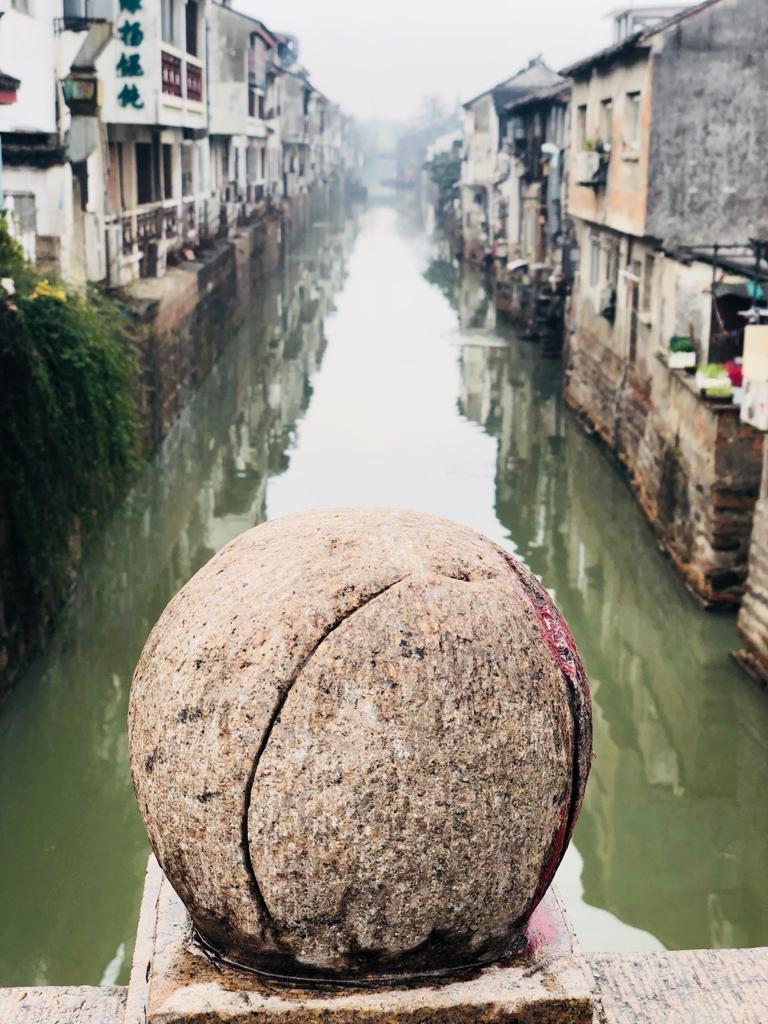
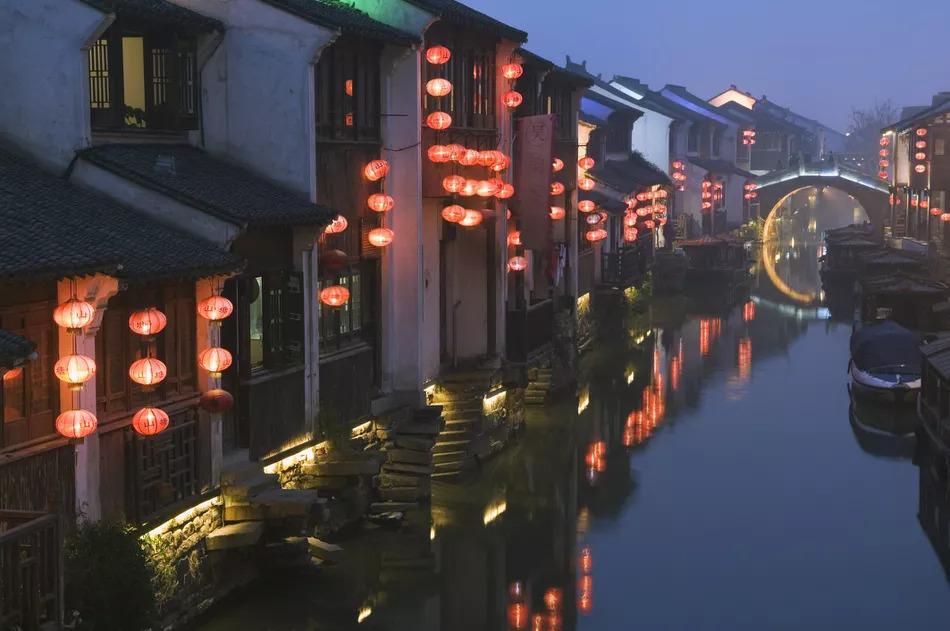
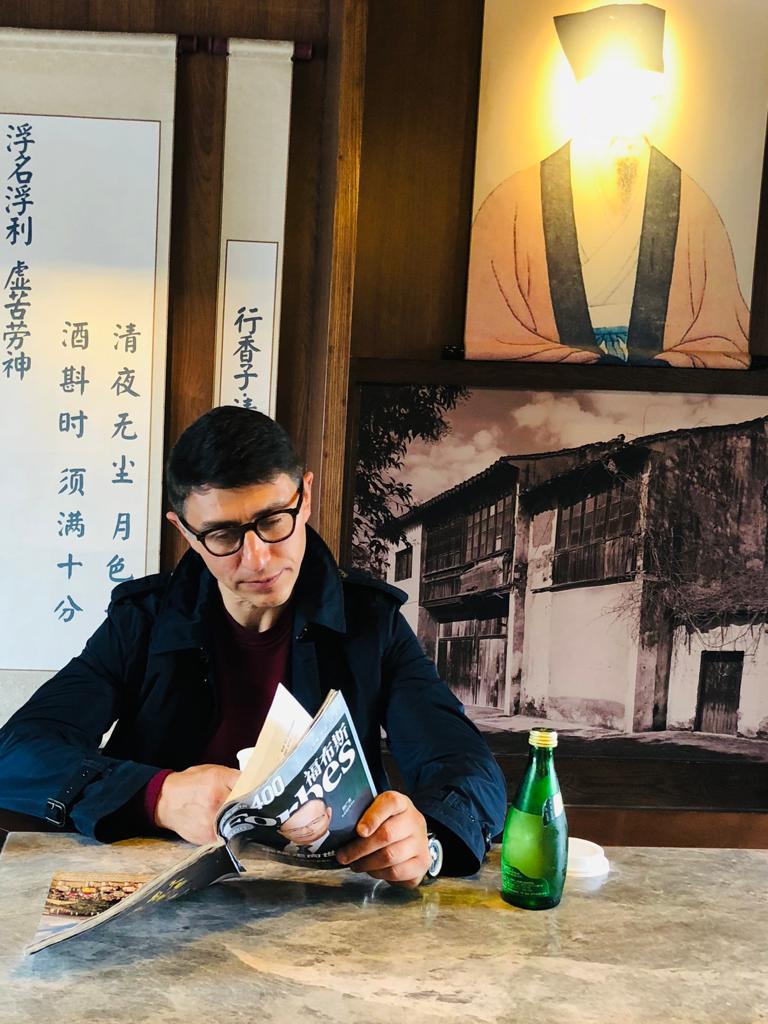

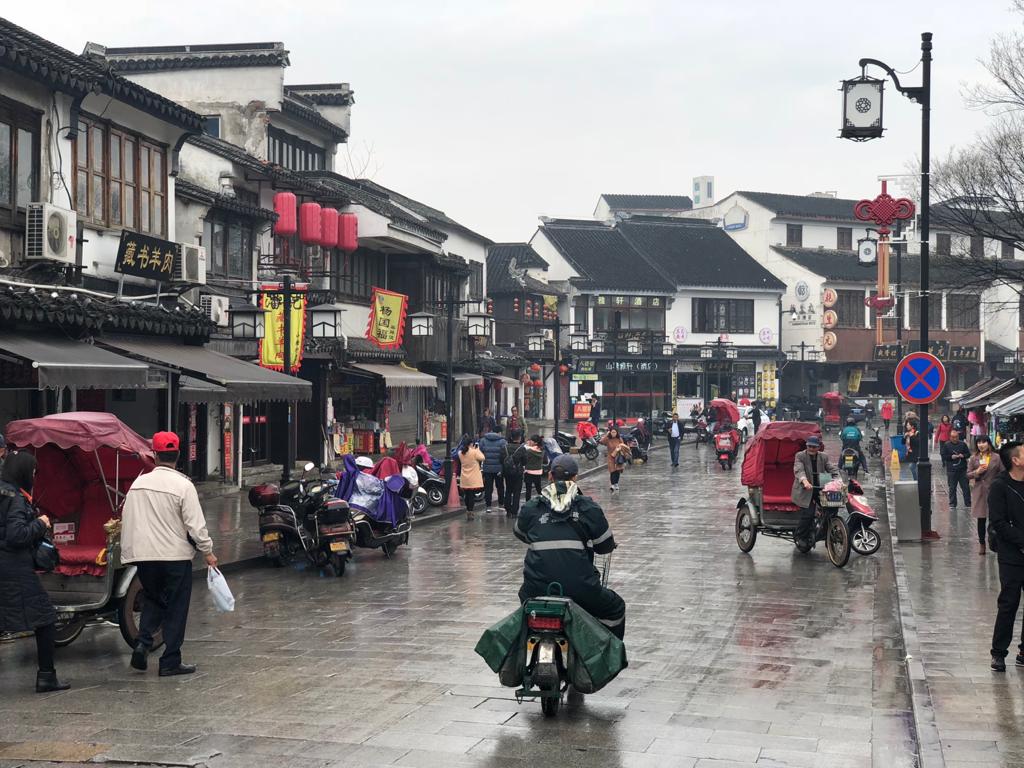
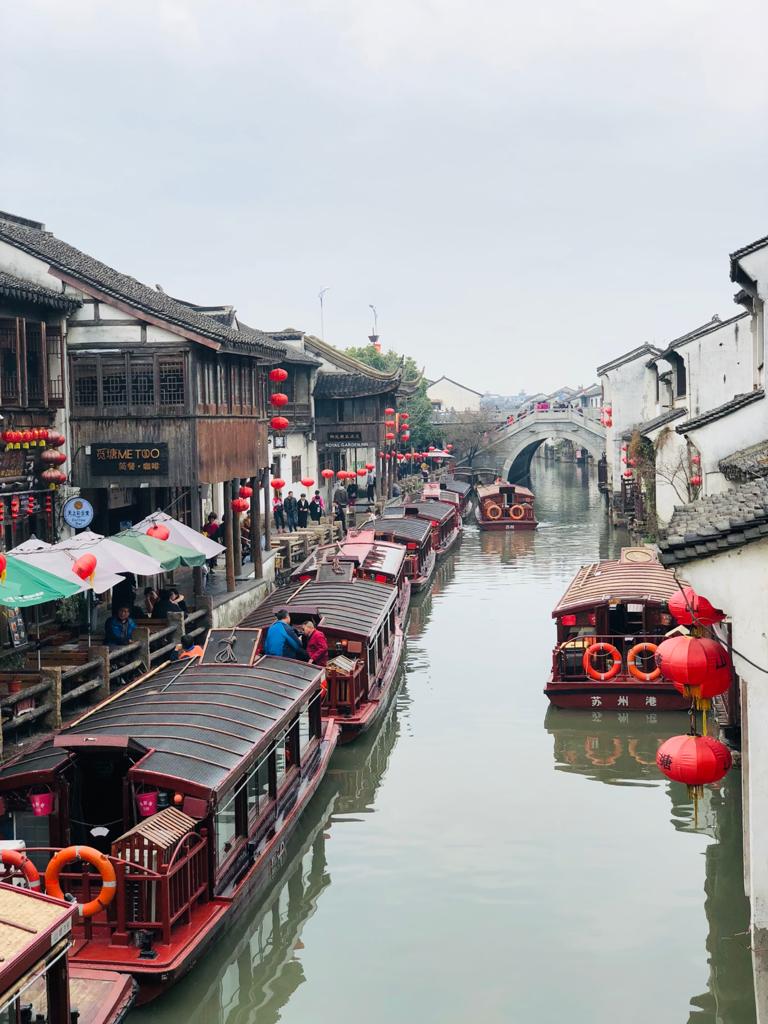

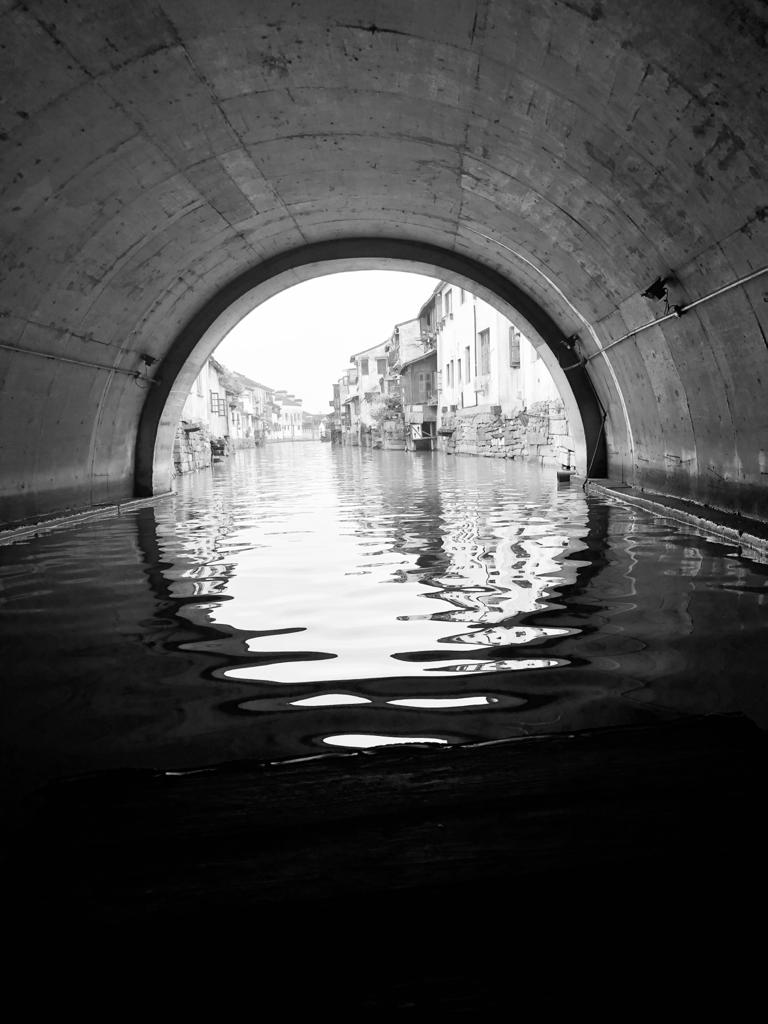
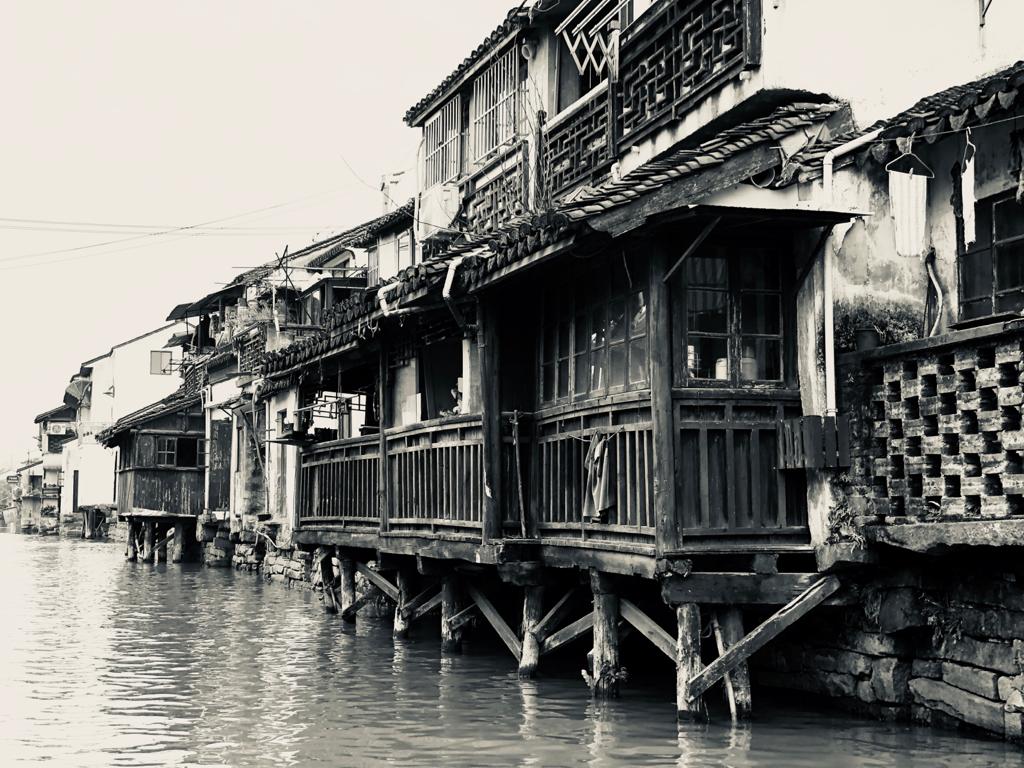
 Président de l'association
Président de l'association